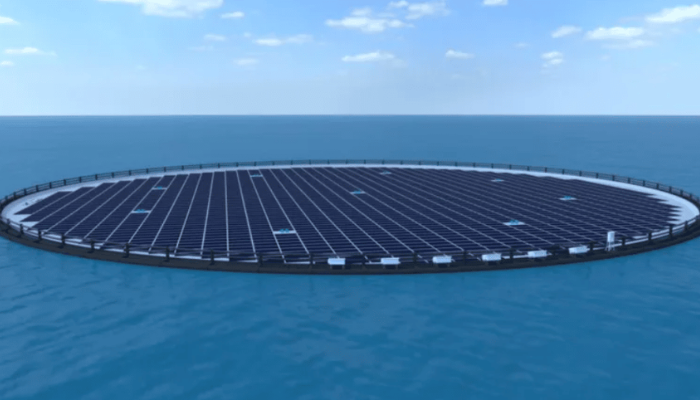Singapore is set to welcome its largest floating solar farm, which will begin construction at Kranji Reservoir in 2025.
The solar farm, also technically known as the Floating Photovoltaic (FPV) System, will commence operation in 2027 or 2028, aiming to accelerate the country’s efforts in generating more renewable energy.
It is expected to be able to produce 141 megawatt-peak (MWp) of clean energy, or 112.5MWp when converted to AC, which is the voltage used by the electricity grid and most of Singapore’s electrical appliances.
The FPV is expected to contribute to 7.1% of Singapore’s target of 2GWp of solar power generation by 2030, generating enough energy to meet the annual electricity needs of around 350,000 households.
According to the Energy Market Authority (EMA), Singapore’s solar capacity is at around 1.2GWp as at the first quarter of 2024.
The idea of the solar farm was first floated in 2018 by the Economic Development Board (EDB), which had launched a request for information then to explore the possibility of a 100MWp floating solar panel system for private-sector use.
Floating solar has emerged as a new alternate solution for many countries which are either agriculture intensive or lack adequate free land to host several conventional forms of renewable energy like ground-mounted solar projects or wind projects or even hybrid projects. Due to the limited options, many countries find it a Herculean task to go ahead with renewable expansion plans due to lack of adequate land to host solar parks or wind farmers where large utility-scale renewable projects could be developed.
Being situated close to the seas, Singapore find it tough to get ample space to develop large-scale solar and wind farms like other countries like India and China.

